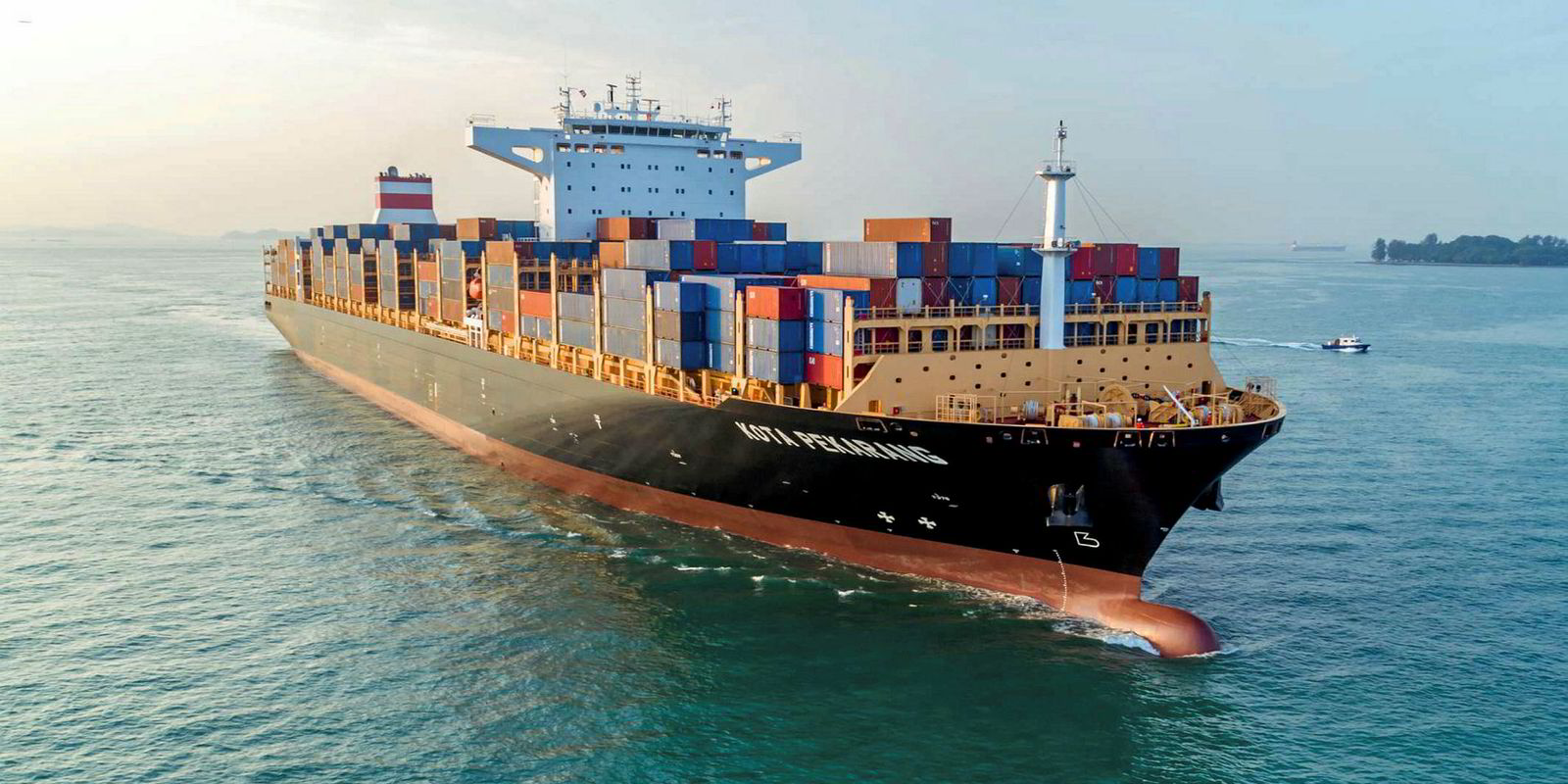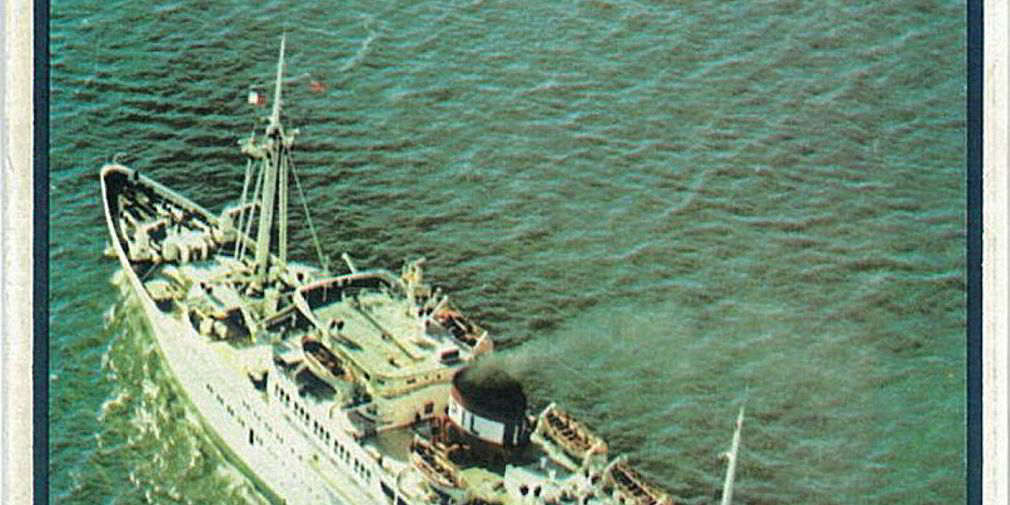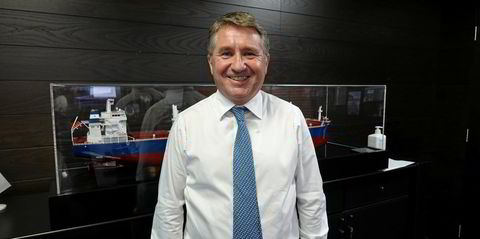Singapore-based Pacific International Lines (PIL) emerged last year as the subject of strong rumours that it was about to be sold to Cosco.
Industry analysts pointed out that it was the only option for a medium-size company in the face of increased competition from liner giants formed by the numerous mergers including CMA CGM’s takeover of Neptune Orient Lines and Cosco’s buyout of Orient Overseas Container Line (OOCL).
The rumours took chairman and managing director Teo Siong Sen — the son of PIL founder Chang Yun Chang — by surprise and prompted him to make a rare public statement denying any such deal was on the cards.
He stated emphatically that PIL was not for sale.
Sitting down with TradeWinds, Teo reflected that while the rumours were false, he regarded them as a compliment to PIL’s achievements.
“These rumours never die down," Teo says. "Even now there are still rumours floating about that someone is eyeing us up. They always remind me that we are a prized shipping company that others would like to own.”
PIL's story is the rags-to-riches tale of a privately owned shipping company that has managed to compete successfully in a world dominated by large corporate outfits backed by stock-exchange listings or government support.
Its beginnings in 1967 with a handful of geriatric general cargoships may have been humble but today the company operates a modern fleet of 134 containerships, 114 of which are directly owned and have a combined capacity of 408,000 teu.
Alphaliner now ranks PIL as the 10th largest liner company by total capacity and fourth by the number of owned vessels. The outfit's fleet is eighth largest when the number of chartered vessels are brought into the equation.
Teo suggests that national, family and personal pride plays a role in the family not selling PIL. It is one of the last major Singaporean-based shipping companies still under Singaporean control.
He laments that he has witnessed numerous Singaporean shipping companies disappear during the more than three decades he has played an active role at PIL and in the nation’s shipping scene.
“I can count at least 15 local shipowners and operators, many of which were founded by my father’s friends, that are no longer around," he says. "Either the second or third generations didn’t want to continue in shipping, or they were squeezed out by competition, or sold.
“That we are still here, and are now the Singapore ‘national carrier’, flying the Singapore flag across the seven seas, makes us very proud. It spurs us on to make sure we stay relevant and progress.”
However, officially, Teo cites the ability to remain nimble and operationally strong as the reasons why PIL prefers to remain independent, suggesting that its skill to be either of these would be severely diminished if it were part of a larger organisation.
PIL needs that ability to move quickly on its feet. Its success as a medium-size liner player is on the back of its long-maintained business model of being a niche market operator. While it operates limited mainline services, mostly on a slot-sharing basis, its primary liner routes are from Asia to Africa, South America, Oceania, India, the US West Coast (USWC) and the Middle East. In short, it is active everywhere except Europe and the North Atlantic.
Wholly owned subsidiary Advance Container Lines operates an extensive intra-Asian network, while two other subsidiaries do the same in the Pacific islands.
The niche trades that are PIL’s mainstay have not gone unnoticed by mainline carriers, which have cascaded tonnage down into these trades that they previously regarded as not being worth their attention. It is competition that Teo regards as being disruptive.
“The big lines always go in where you are and try to squeeze you out,” he says. “Their big ships are putting a strain on smaller port facilities and slowing down turnarounds. Sometimes when they can’t fill them, they may resort to dropping prices to get cargo. They can’t get economy of scale. Often they end up pulling out,” he explains.
“We respond by making sure we enhance our competitiveness by using the most efficient ships.”
It is unlikely that Teo will see any new Singaporean liner operator emerge as a competitor to PIL. The barriers to entry in the liner game are just too high. That being said, he would like to see greater participation in shipowning from Singaporean entrepreneurs.
“We could do with more local shipping companies," he says. "I would encourage anyone starting up to take big, bold steps, but also to be prepared for a market downturn, while at the same time, not be discouraged when times are tough."






